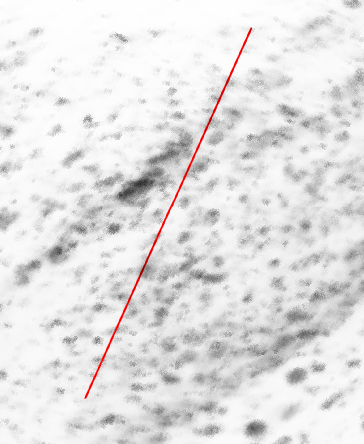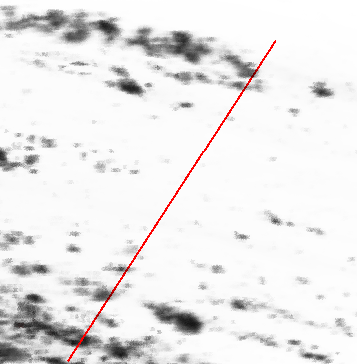Hi Allison,
At some angles it looks OKish:

It’s certainly better than no AA:

It’s just that at some angles it looks a bit ragged like in my first post.
The render window has an alpha channel for sure, because we’re using transparent polydatas. Here’s the printout:
vtkGenericOpenGLRenderWindow (0x1f5f0f0)
Debug: Off
Modified Time: 2961
Reference Count: 3
Registered Events:
Registered Observers:
vtkObserver (0x1f2a6d0)
Event: 91
EventName: WindowIsCurrentEvent
Command: 0x1f5ea30
Priority: 0
Tag: 2
vtkObserver (0x1f8e060)
Event: 92
EventName: WindowFrameEvent
Command: 0x1f5ea30
Priority: 0
Tag: 3
vtkObserver (0x1f8e100)
Event: 3
EventName: StartEvent
Command: 0x1f5ea30
Priority: 0
Tag: 4
vtkObserver (0x1f8d780)
Event: 8
EventName: StartPickEvent
Command: 0x1f5ea30
Priority: 0
Tag: 5
vtkObserver (0x1f8e240)
Event: 8
EventName: StartPickEvent
Command: 0x1f5ea30
Priority: 0
Tag: 6
vtkObserver (0x1f2a700)
Event: 51
EventName: CursorChangedEvent
Command: 0x1f5ea30
Priority: 0
Tag: 7
vtkObserver (0x201fd70)
Event: 90
EventName: WindowMakeCurrentEvent
Command: 0x1f5ea30
Priority: 0
Tag: 1
Erase: On
Window Name: Visualization Toolkit - OpenGL
Position: (0, 0)
Size: (0, 0)
Mapped: 0
OffScreenRendering: 0
Double Buffered: 1
DPI: 72
TileScale: (1, 1)
TileViewport: (0, 0, 1, 1)
Borders: On
IsPicking: Off
Double Buffer: On
Full Screen: Off
Renderers:
Debug: Off
Modified Time: 2964
Reference Count: 1
Registered Events: (none)
Number Of Items: 2
Stereo Capable Window Requested: No
Stereo Render: Off
Point Smoothing: Off
Line Smoothing: Off
Polygon Smoothing: Off
Abort Render: 0
Current Cursor: 0
Desired Update Rate: 0.0001
In Abort Check: 0
NeverRendered: 1
Interactor: 0x1d4eaf0
Swap Buffers: On
Stereo Type: RedBlue
Number of Layers: 2
AccumulationBuffer Size 0
AlphaBitPlanes: On
UseSRGBColorSpace: Off
AnaglyphColorSaturation: 0.65
AnaglyphColorMask: 4 , 3
MultiSamples: 8
StencilCapable: False
DefaultFrameBufferId: 0